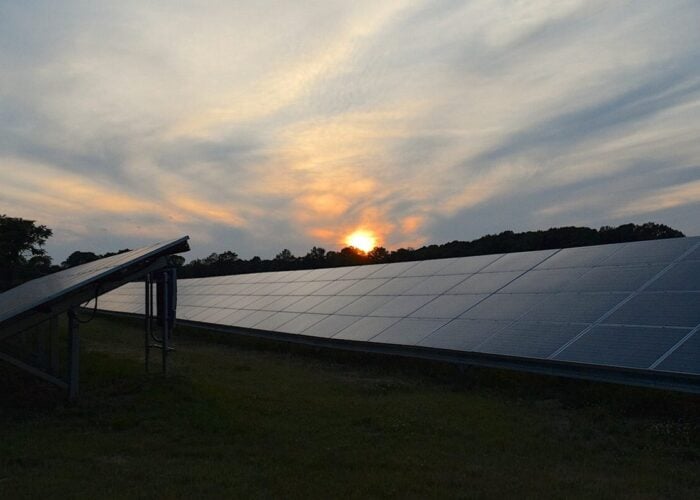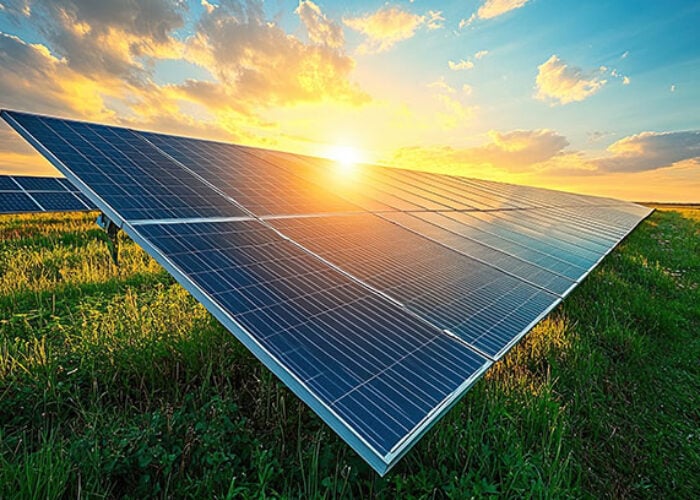
Green hydrogen may become cheaper than natural gas by 2050, falling by 85% over the next 30 years, but declining costs in the solar sector will be crucial for the nascent technology’s growth.
That’s according to a new study by market analyst BloombergNEF, which suggests that green hydrogen “should get cheaper” than natural gas by the end of the first half of the century, and also undercut hydrogen energy produced with fossil fuels.
Try Premium for just $1
- Full premium access for the first month at only $1
- Converts to an annual rate after 30 days unless cancelled
- Cancel anytime during the trial period
Premium Benefits
- Expert industry analysis and interviews
- Digital access to PV Tech Power journal
- Exclusive event discounts
Or get the full Premium subscription right away
Or continue reading this article for free
The research group claims that the power price will fall to below US$1/kg ($7.4/MMBtu) in “most” of the 28 markets that were examined in its study, with 18 producing green hydrogen at a cheaper rate than natural gas. Hydrogen produced with natural gas, meanwhile, will become more expensive than green hydrogen in all 28 markets examined by 2050.
The new cost estimates are 17% lower than BNEF’s earlier 2050 forecast, and 13% lower than its forecast for 2030. Costs are now expected to fall “well below” US$2/kg by the end of the decade, and halve again by mid-century.
BNEF believes this will be driven by a downturn in renewable energy costs, solar PV in particular. PV electricity prices, it said, are now expected to be 40% cheaper in 2050 than the analyst forecasted in 2019, driven by advances in module manufacturing, higher cell efficiency, and a greater uptake in the use of bifacial panels.
Martin Tengler, BloombergNEF’s lead hydrogen analyst, said sub-US$1/kg power prices could “completely rewrite” how energy will be sourced in the coming years, claiming that at least 33% of the global economy could be powered by renewable energy generation “for not a cent more than it pays fossil fuels”.
The revision of BNEF’s forecast comes months after the analyst reported that global investment into renewables development exceeded US$500 billion for the first time last year.
The European Union launched a new green hydrogen strategy to develop the continent’s access to the energy sector last year, while large-scale green hydrogen projects have also started to emerge in countries such as Spain, Australia, France and Saudi Arabia. More recently, solar manufacturing business LONGi Green Energy established a new business unit, LONGi Hydrogen Technology Co, in a bid to tap into the emerging renewables sub-sector.
By 2030, Tengler said, it will make “little economic sense” to continue to develop new blue hydrogen production facilities unless there are existing barriers to the deployment of renewables, such as a lack of land.
“Companies currently banking on producing hydrogen from fossil fuels with CCS will have at most ten years before they feel the pinch,” he said. “Eventually those assets will be undercut, like what is happening with coal in the power sector today.”






